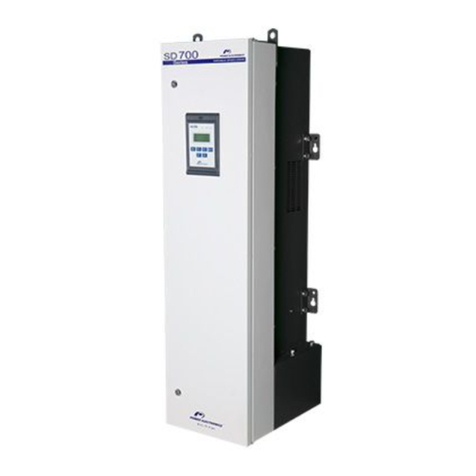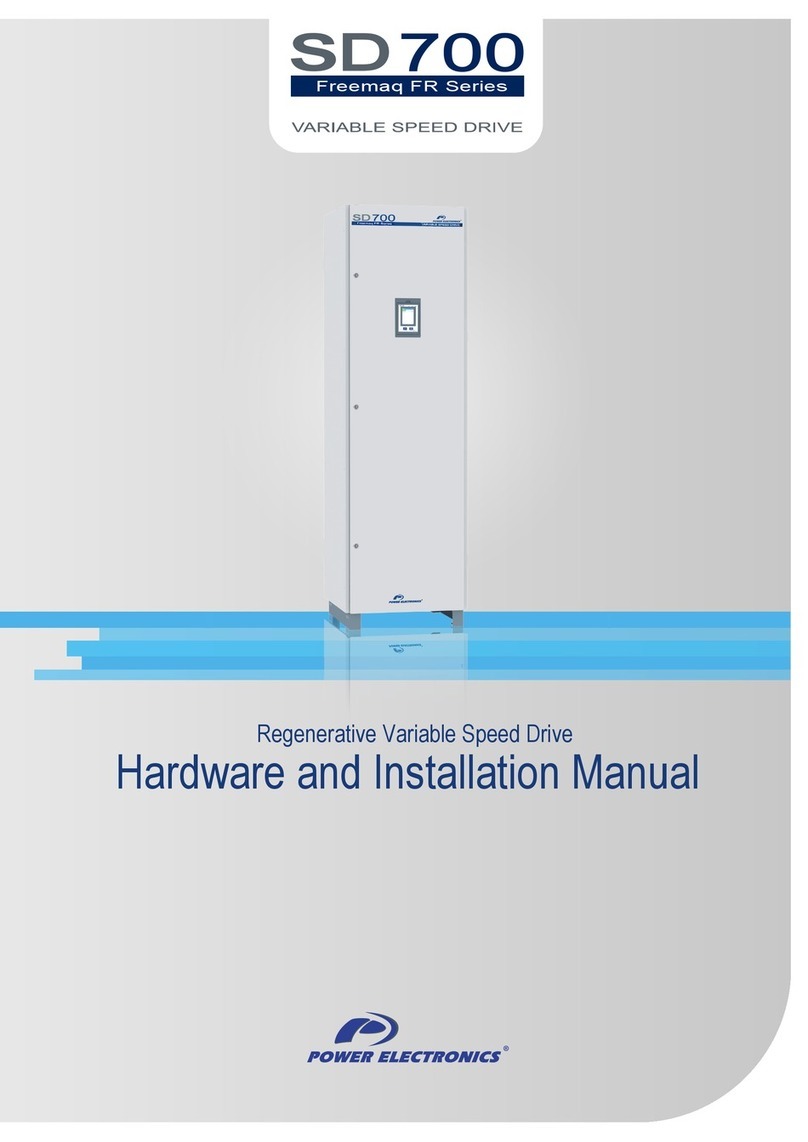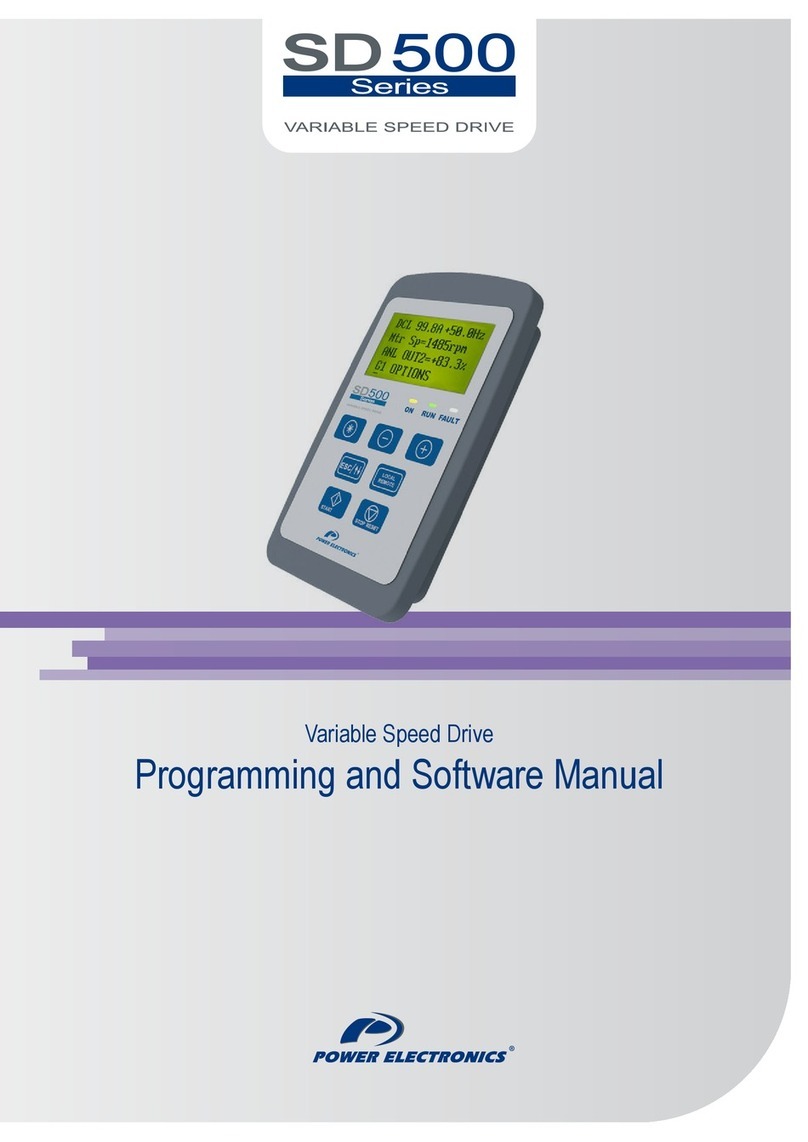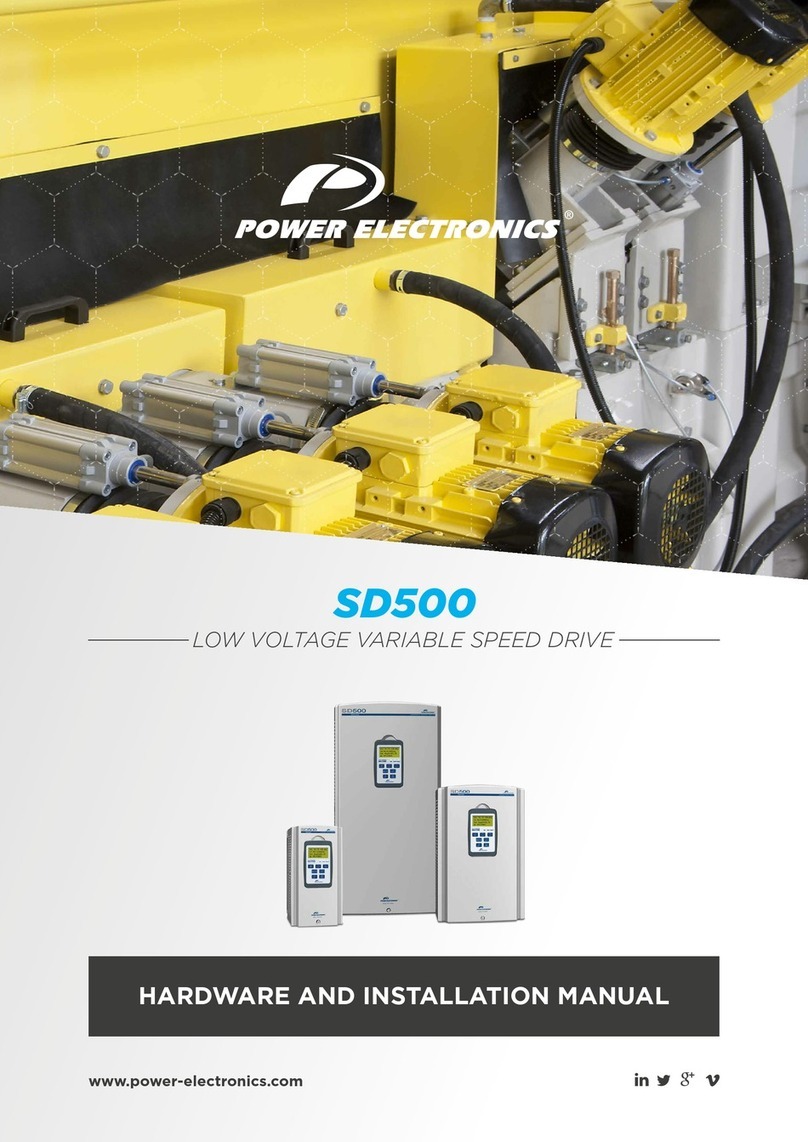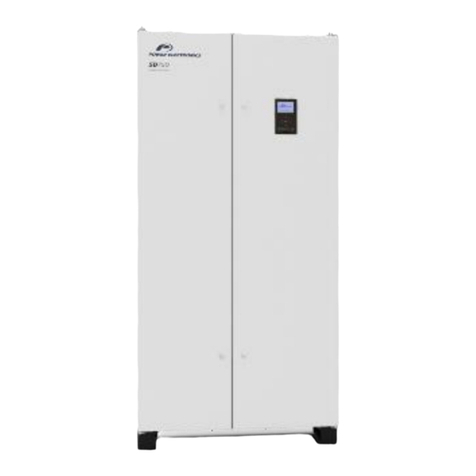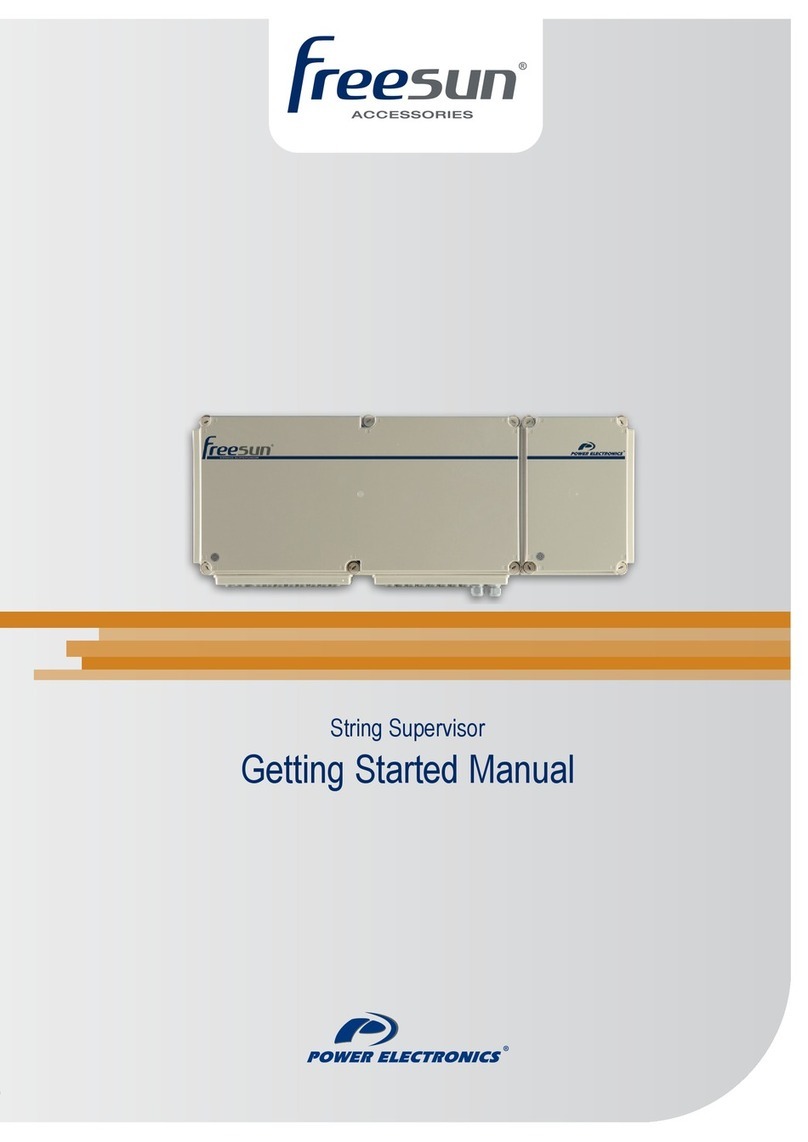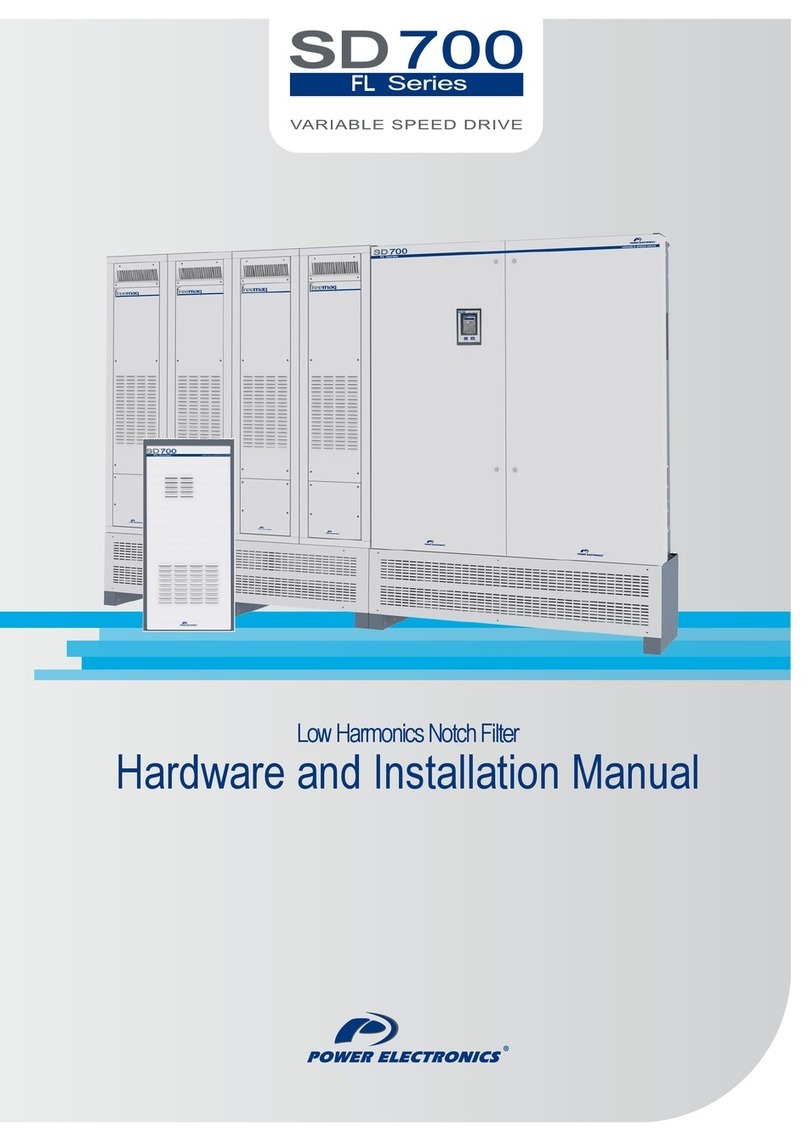INDEX
SAFETY INSTRUCTIONS............................................................................................................................7
1. DISPLAY UNIT AND CONTROL KEYPAD ......................................................................................11
1.1. Keypad Unit Description............................................................................................................11
1.1.1. LEDs for Status Indication ................................................................................................11
1.1.2. Alphanumeric LCD Display...............................................................................................12
1.1.3. Control Keys.....................................................................................................................12
2. STATUS MESSAGES.......................................................................................................................14
2.1. List of Status Messages ............................................................................................................14
2.2. List of Warning Messages.........................................................................................................15
3. VISUALISATION AND STATUS PARAMETERS. GROUP G0........................................................16
3.1. Parameters SV.1 –Motor Visualisation.....................................................................................16
3.2. Parameters SV.2 –Drive Visualisation......................................................................................17
3.3. Parameters SV.3 –Visualisation...............................................................................................17
3.4. Parameters SV.4 –Internal Visualisation..................................................................................18
3.5. Parameters SV.5 –Programmable Parameters........................................................................18
3.6. Parameters SV.6 –Registers....................................................................................................18
4. DESCRIPTION OF PROGRAMMING PARAMETERS.....................................................................19
4.1. Group 1 –G1: Options Menu ....................................................................................................19
4.1.1. Subgroup 1.10 –S1.10: Eloader (EEPROM Charger)......................................................21
4.2. Group 2 –G2: Motor Nameplate Data.......................................................................................21
4.3. Group 3 –G3: References ........................................................................................................22
4.4. Group 4 –G4: Inputs.................................................................................................................23
4.4.1. Subgroup 4.1 –S4.1: Digital Inputs..................................................................................23
4.4.2. Subgroup 4.2 –S4.2: Analogue Input 1............................................................................27
4.4.3. Subgroup 4.3 –S4.3: Analogue Input 2............................................................................29
4.4.4. Subgroup 4.4 –S4.4: Pulse Input.....................................................................................30
4.4.5. Subgroup 4.6 –S4.6: Optic Fiber .....................................................................................30
4.4.5.1. Subgroup S4.6.1 –1. MODO FIBRA................................................................................30
4.4.5.2. Subgroup S4.6.3 –Input O.F............................................................................................31
4.4.5.3. Subgroup S4.6.5 –T/O F.O..............................................................................................31
4.5. Group 5 –G5: Acceleration and Deceleration Ramps...............................................................31
4.6. Group 6 –G6: PID Control........................................................................................................33
4.7. Group 7 –G7: Start / Stop Mode Configuration.........................................................................34
4.8. Group 8 –G8: Outputs..............................................................................................................36
4.8.1. Subgroup 8.1 –S8.1: Output Relays................................................................................36
4.8.2. Subgroup 8.2 –S8.2: Analogue Outputs..........................................................................39
4.9. Group 9 –G9: Comparators......................................................................................................41
4.9.1. Subgroup 9.1 –S9.1: Comparator 1.................................................................................41
4.9.2. Subgroup 9.2 –S9.2: Comparator 2.................................................................................43
4.9.3. Subgroup 9.3 –S9.3: Comparator 3.................................................................................44
4.10. Group 10 –G10: Limits .............................................................................................................45
4.11. Group 11 –G11: Protections.....................................................................................................46
4.12. Group 12 –G12: Auto Reset.....................................................................................................48
4.13. Group 13 –G13: Fault History...................................................................................................50
4.14. Group 14 –G14: Multi-references.............................................................................................51
4.15. Group 15 –G15: Inch Speeds...................................................................................................51
4.16. Group 16 –G16: Skip Frequencies...........................................................................................51
4.17. Group 17 –G17: Brake .............................................................................................................52
4.18. Group 18 –G18: Encoder .........................................................................................................52
4.19. Group 19 –G19: Fine Tuning....................................................................................................53
4.19.1. Subgroup 19.1 –S19.1: IGBT Control..............................................................................53
4.19.2. Subgroup 19.2 –S19.2: Motor Load.................................................................................53
4.19.3. Subgroup 19.3 –S19.3: Motor Model...............................................................................55
4.19.4. Subgroup 19.4 –S19.4: Control PID ................................................................................56
4.20. Group 20 –G20: Communication Buses...................................................................................56
4.20.1. Subgroup 20.0 –S20.0: Communications Control............................................................56
4.20.2. Subgroup 20.1 –S20.1: Modbus RTU..............................................................................56
4.20.3. Subgroup 20.2 –S20.2: PROFIBUS (*)............................................................................57
